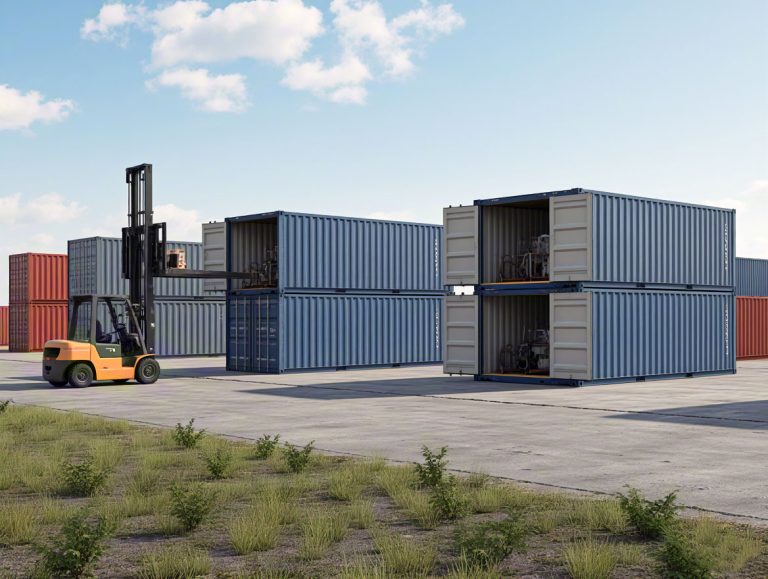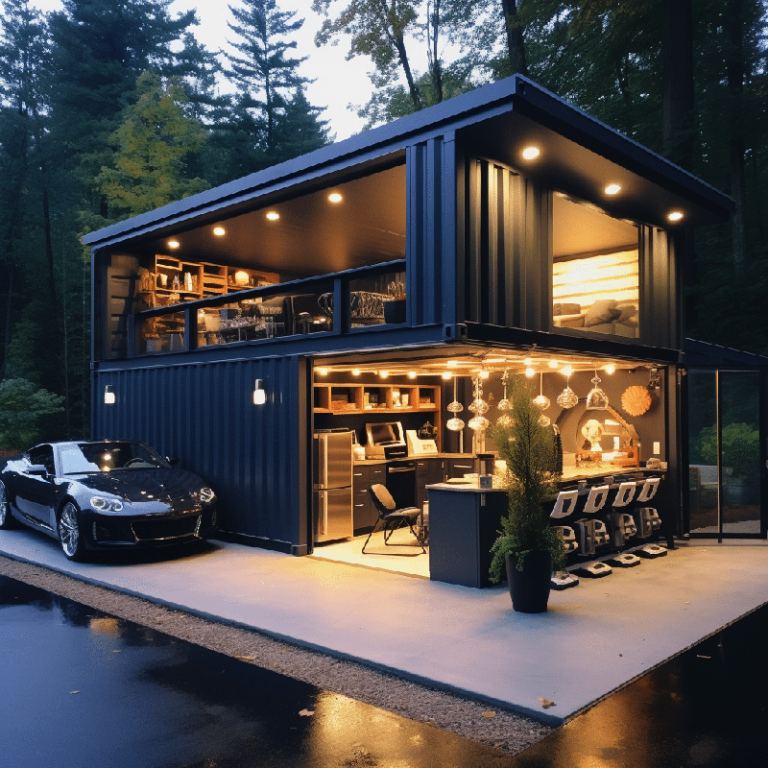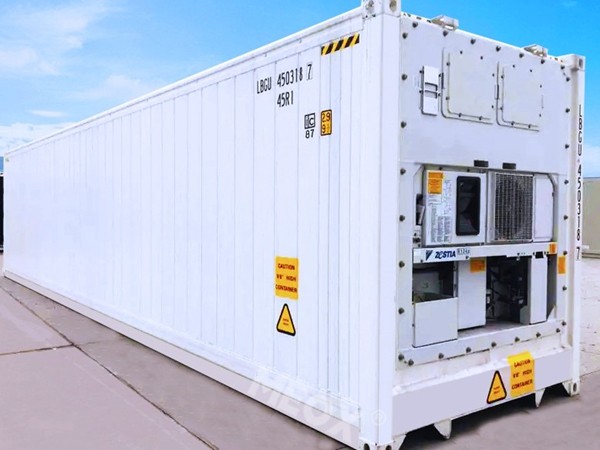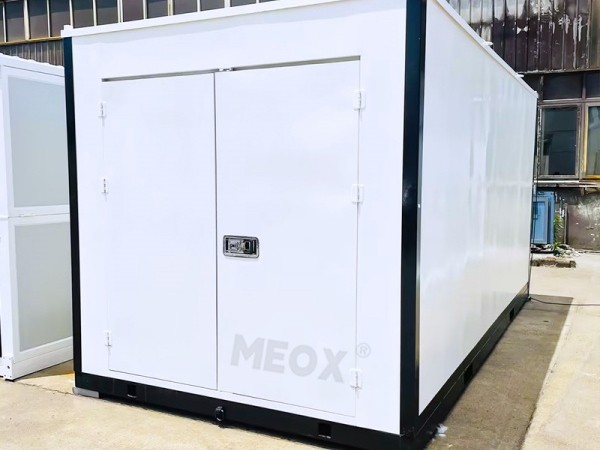The usage environment and lifting methods of offshore containers differ from those of ISO shipping containers:
Offshore containers are typically placed on decks, directly exposed to marine environments. They feature single lift points and are often hoisted onto oil platforms during adverse sea conditions, increasing the risk of collision with other containers or vessel bodies. Therefore, offshore containers demand higher structural integrity, often permanently fitting lifting gear onto the container body and equipping them with certain protective devices.
Standard containers typically utilize container gantry cranes, lifting via four corner fittings. Ports generally have milder climates, resulting in collision-free lifting and a safer usage environment for standard containers.
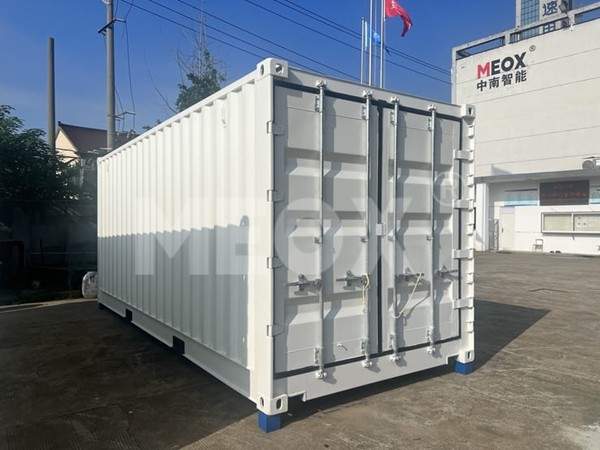
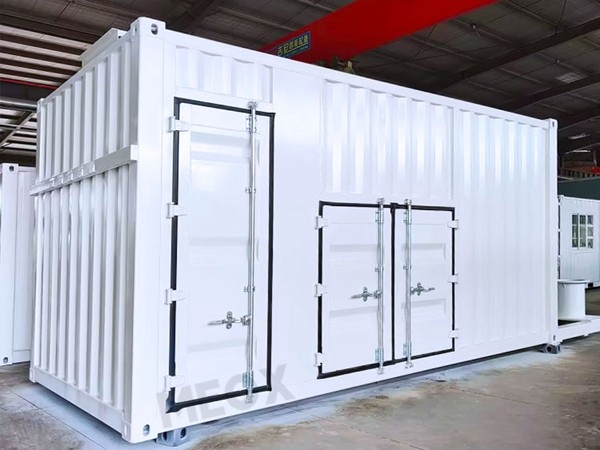
Offshore containers and ISO containers have distinct design characteristics:
Offshore containers are solely suitable for global offshore industries, lacking strict standards in terms of outer dimensions and functionalities, and primarily designed based on usage requirements and container types. The container structure is divided into primary and secondary structures based on function. Offshore containers often employ alloy steel with impact resilience to mitigate damage from collisions during transportation. The design temperature of offshore containers must meet local climate requirements, ensuring adequate strength even under low-temperature conditions.
Standard containers are typically 20 or 40 feet in length, with no distinction between primary and secondary structural components, meeting relevant testing requirements.
The certification and production of offshore containers differ from ISO containers:
Strict regulations govern the certification and production of offshore containers. They must undergo structural blueprint scrutiny according to standards, and production process inspections to ensure welder qualifications, welding processes, and non-destructive testing techniques meet requirements, along with passing prototype testing.
The offshore container from MEOX (Suzhou Zhongnan Intelligent Equipment) has undergone reinforcement in its outer paint film, reaching a thickness of 400μ. This enhancement significantly bolsters the container’s resistance against corrosion, ensuring prolonged durability in challenging offshore environments. All materials are selected to withstand extreme temperature ranges without compromising the basic structure’s strength and watertightness.
Specifically designed for transporting general cargo via road, rail, or sea—whether stored above or below deck—this offshore is engineered to endure diverse environmental challenges inherent to each mode of transportation.

